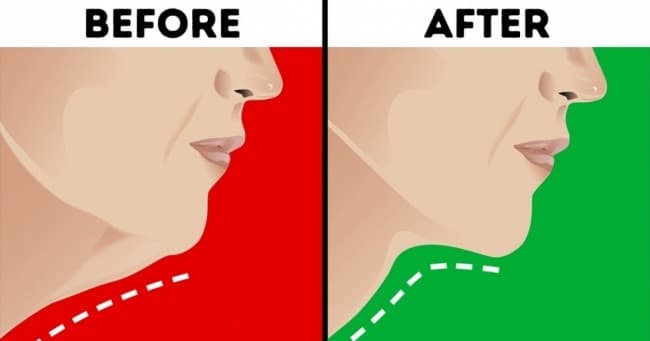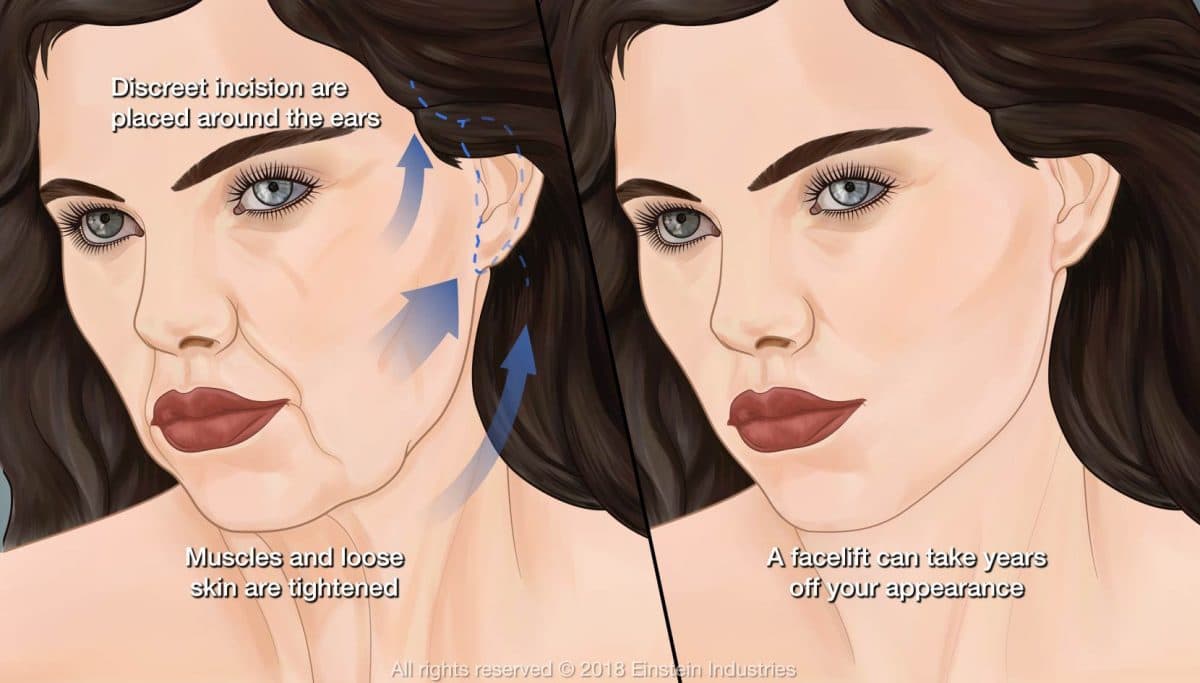Rhytidectomy, also known as a facelift, helps improve the visible aging signs caused by effects of sun exposure, stress, and gravity. This surgical procedure involves the removal of excess fat and skin, tightening of the underlying muscles and also re-draping the neck and facial skin.
As you plan for your facelift procedure in Thailand, it is important to factor in the recovery time after the surgery. Also, keep in mind that the healing period will vary from individual to individual. But, generally, for most patients of good health, a noticeable level of swelling may be reduced at least the first 10 days post-surgery.
However, since this procedure is a major surgery, you should expect to have a lengthy healing process. Also, based on the type of facelift surgery you have received, you might have to stay all night in a hospital. Alternatively, you might need to recover in your hotel room and your surgeon will make sure that you have a registered nurse present in the first 24 hours post surgery to cater for any needs you might have.
Below are several helpful tips that you can use during your recovery journey after a facelift.
Minimal movement is recommended
After the initial 24 hours following your surgery, you are encouraged to slowly get out of the bed and move around to get the circulation going which works towards speeding recovery. Taking small bathroom trips or moving around the house is encouraged, however, do not overdo it. You’ll still be feeling rather fatigued. Suitable activities for the first week are watching TV, reading quietly, sitting up in bed, or performing light housework.
Sleeping
To help minimise swelling yet speed up healing, be sure to keep the head elevated for 2 to 3 days. It is important to elevate your head as it will reduce the recovery time. Failing to do so might prolong the recovery time and can result in disturbing facial asymmetry.
Shampoo and Shower After The Dressings Have Been Removed
You might experience some numbness and tightness on the face and neck which will generally resolve after two months. This tightness you feel is usually because of the swelling. When the swelling starts to go down, the skin will loosen and stabilise. When you notice this do not panic that the procedure didn’t work. Also, immediately after surgery, the face will normally look less wrinkled due to swelling. However, numbness might persist for a few months and then will gradually improve.
Do light physical activities
Avoid engaging in strenuous activities like working out and only keep it light such as doing light housework or light walking. You might want to resume work after your second week which you could do unless your work involves serious physical exertion. Again, your doctor will offer you information on how you can apply light and friendly post-op make up if you getting self-conscious about the residual bruising.
Stay positive
The healing process after surgery can be quite slow, and it can often be outright painful or uncomfortable. Due to this, it is so important that you adopt a positive outlook and attitude as you go into recovery. Staying positive during your healing process after your facelift will go along way in reducing your anxiety levels. Studies show that a positive attitude can influence the speed of the recovery period.
Keep reminding yourself as to why you opted to have plastic surgery and proceed to imagine how happier you are going to be with the new look once you’ve healed. Talk to your doctor when you notice you are getting anxious or becoming depressed about your looks.
Allow time for healing
Most people take one week off of school or work to recover. For the first several days, patients will experience some level of discomfort, but this will usually resolve within a week post-op.
It is also advisable for patients to sleep with their head elevated during the first week. This helps bring down any swellings. Based on how complex the case might be and individual factors, you might have some bruising around your eyes and the facelift areas. However, it will typically resolve within a week or two.
Monitor Your Incisions For Signs Of Infection
Lookout for any swelling, spreading redness, tightness, excessive pain, pus or drainage, increasing warmth. An indication of infection is having a fever of about 101 degrees Fahrenheit or more. Before getting your surgery, your doctor will give you specific instructions on ways you are to care for the operated area, medications to take orally or apply externally, specific conditions to look out for, and also when you will follow up with the surgeon or aesthetic nurse.
The Next 12 Months
Your final results of the facelift will be fully evident in the next twelve months. Typically your facelift will take this much time for it to completely mend and “settle” into the final result. In the months to come, you will be able to notice subtle shifts as the facelift continues to heal and rejuvenate your appearance.




